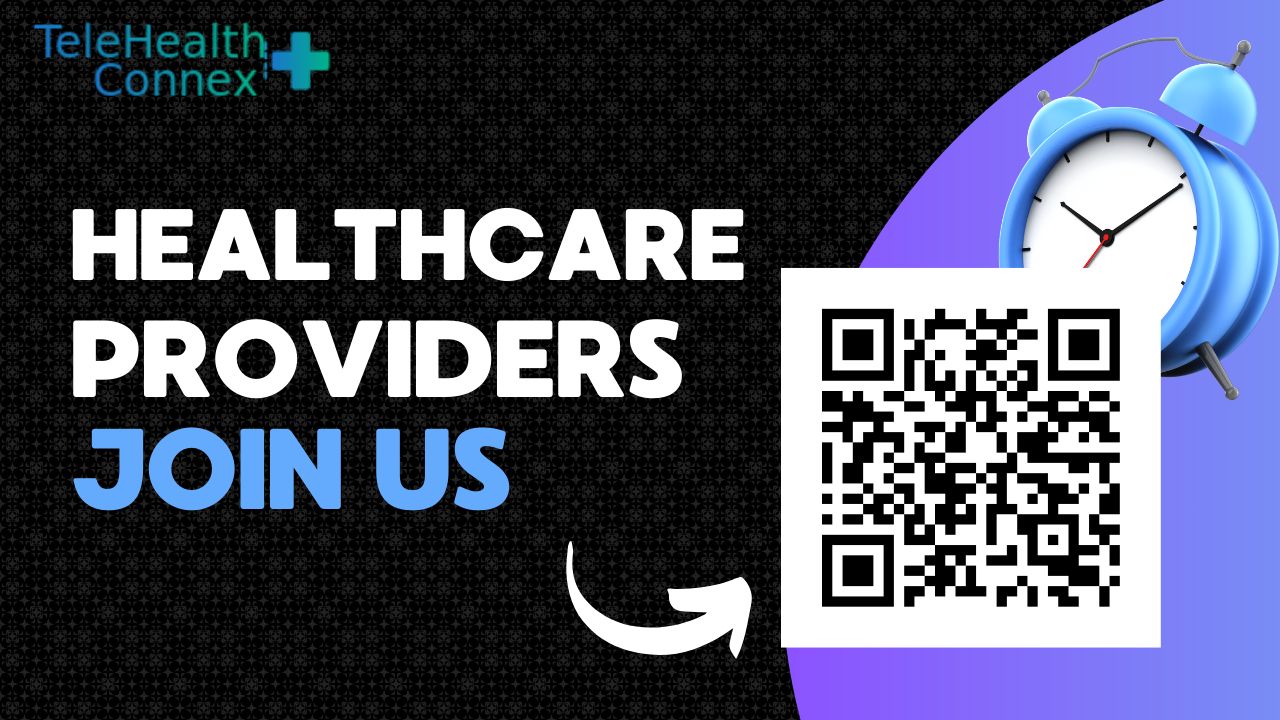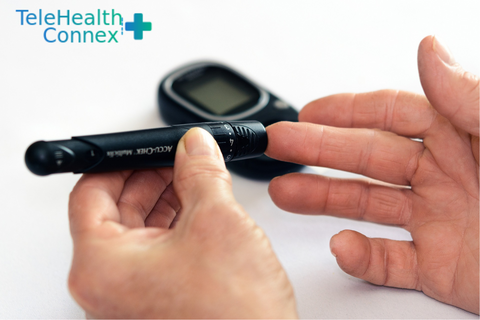The rise and expansion of telemedicine have revolutionized healthcare, especially in the realm of diabetes management. As the world goes digital, healthcare isn't lagging behind, and telemedicine has emerged as a pivotal tool to provide care access, improve clinical outcomes, and potentially cut down on costs. Below, we provide an integrated insight based on recent studies about the impact and effectiveness of telemedicine in diabetes care.
Background and Economic Benefits
Several studies have delved into the cost-effectiveness of telemedicine in diabetes management. One led by Jun Yang Lee and Shaun Wen Huey Lee highlighted that telemedicine is gaining traction due to its ability to enhance healthcare access and clinical outcomes.1 Their research concluded that the fees of healthcare providers are a significant predictor of the total cost, and interventions like teleophthalmology present an excellent cost-effective ratio.
Transforming Complex Diabetes Care
Marie E McDonnell underscores that telemedicine has the potential to positively transform the quality and cost-effectiveness of complex diabetes management.2 Telemedicine is not only feasible as shown by numerous clinical trials, but it also has demonstrated modest benefits in A1c reduction and other clinical outcomes.
Access and Education via Telemedicine
The role of telemedicine in diabetes management isn't just limited to clinical care. A recent study underscores how telemedicine can be employed to offer diabetes self-education and overcome transportation barriers for patients in under-resourced areas or with disabilities.3
Conclusion
Telemedicine is solidifying its stance as a pivotal tool in diabetes management, especially in an increasingly digital world. In addition to enhancing care access and offering economic benefits, telemedicine can play a crucial role in educating and supporting diabetes patients. As we move forward, it's vital to focus on tailoring telemedicine interventions according to the institution, clinician, and patient population.
Keywords:
Diabetes, telemedicine, diabetes management, care access, teleophthalmology, A1c, teleeducation.

